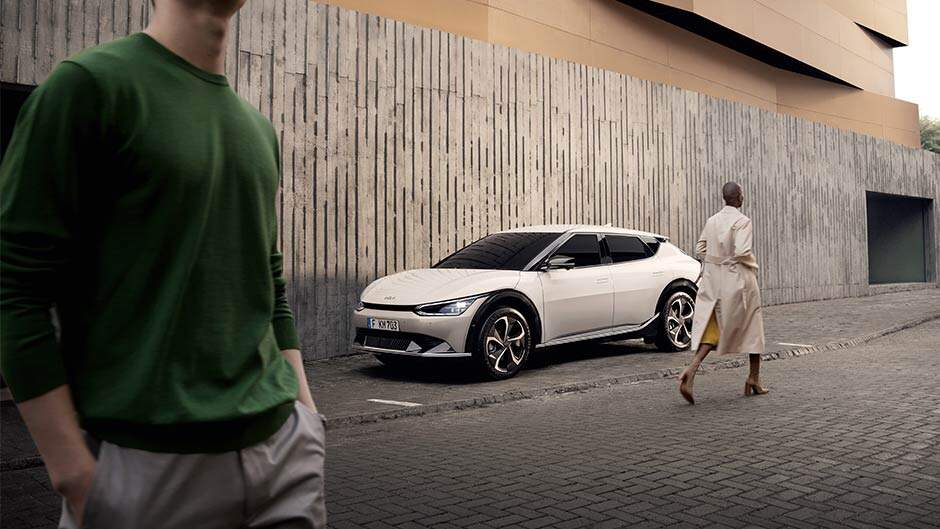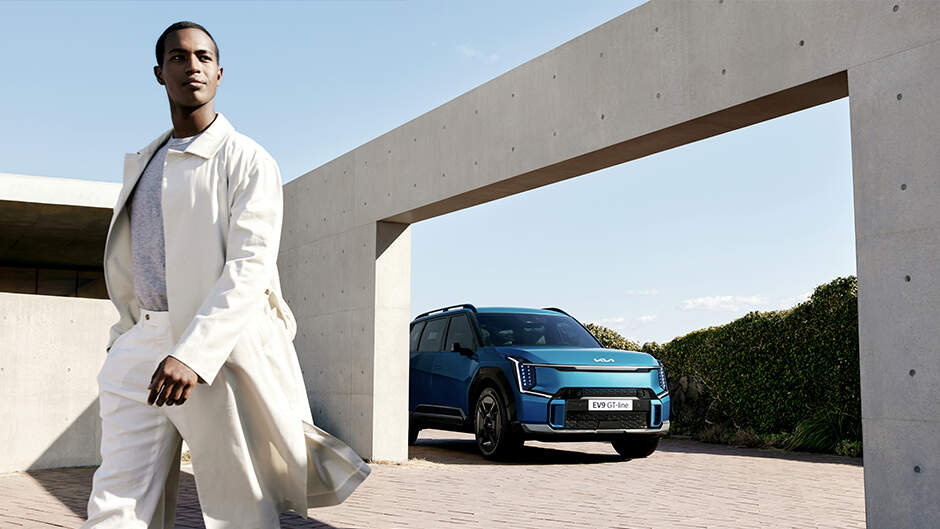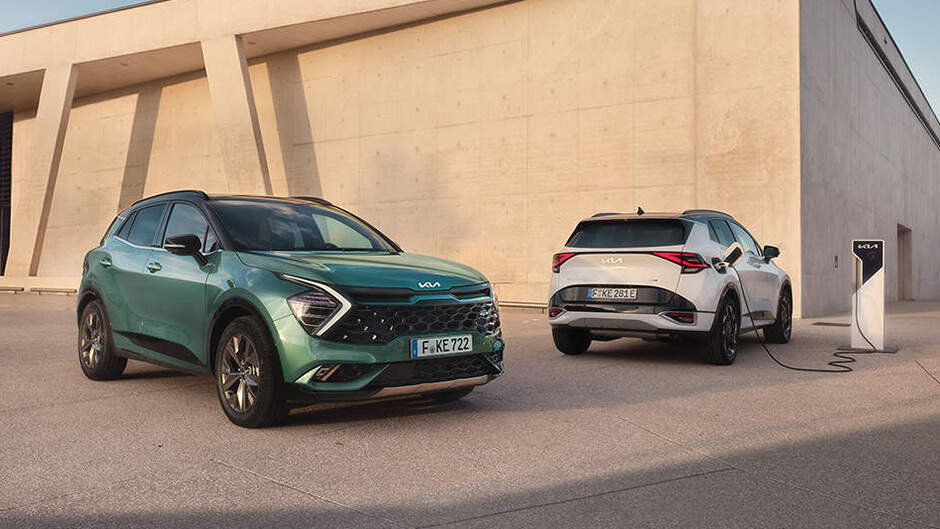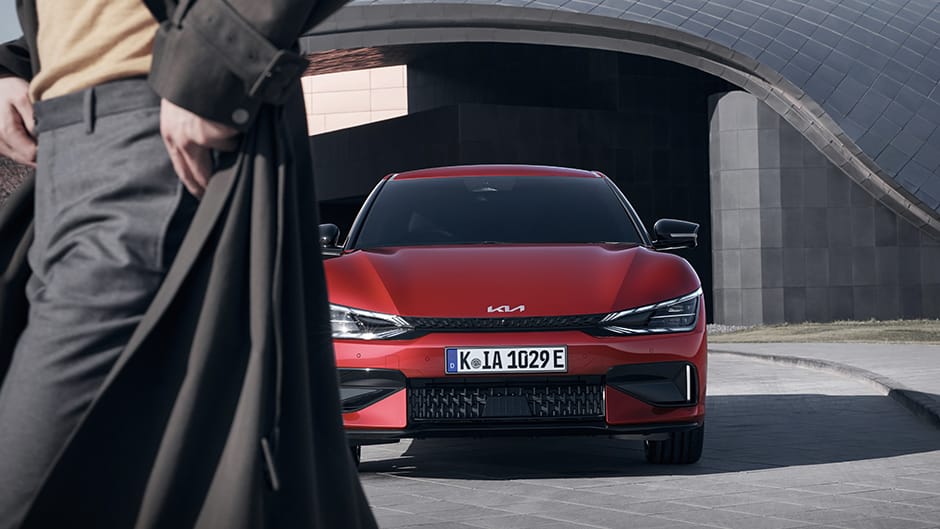A Comprehensive Guide to Clean Air Zones

A Comprehensive Guide to Clean Air Zones
As we continue to move towards a future of sustainable mobility,
more and more initiatives are being introduced to incentivise greener driving. One of the most common and successful of these is ‘clean air zones’.
If you frequently drive in cities, you’ll likely already be familiar with ‘Clean Air Zones (CAZs)’ or, as they’re often called, ‘Low-emission Zones (LEZs)’. While ULEZ may already be an accepted reality for London drivers, others have less experience with such initiatives. However, the increasing emergence of CAZs across the UK means that we’re likely to see them become the norm in most major cities.
We understand the importance, and complexity, of navigating these new initiatives and rules. That’s why we’ve put together a comprehensive guide for everything you need to know about clean air zones, including why electric car
owners don’t need to worry.

What is a Clean Air Zone (CAZ) and why have they been introduced?
Clean Air Zones (CAZs), often also called Low-emission Zones (LEZs), are areas where certain types of vehicles are required to comply with specific emission standards. Vehicles that exceed these standards will have to pay a daily charge to enter the zone.
Clean air and low-emission zones have been introduced by the UK government and local authorities as part of a wider strategy to reduce pollution from vehicles. They also aim to promote greener transport alternatives, such as public transport or low and zero exhaust-emission vehicles like
hybrid
and electric cars.
Clean air zones are split into 4 different classes, each of which applies to different types of vehicles:
• Class A – Buses, coaches, taxis, private hire vehicles
• Class B – Buses, coaches, taxis, private hire vehicles, heavy goods vehicles
• Class C – Buses, coaches, taxis, private hire vehicles, heavy goods vehicles, vans, minibuses
• Class D – Buses, coaches, taxis, private hire vehicles, heavy goods vehicles, vans, minibuses, cars (and the local authority can choose to include motorcycles)
All clean air zone classes have the same minimum emissions standards. These are as follows:
The Euro emission standard is based on the volume of harmful emissions the vehicle type releases. This measurement determines which vehicles will be charged to use clean air zones.

Which cities have clean air zones or low-emission zones?
Clean air zones are becoming more and more common across the UK. Many cities have already successfully implemented CAZs or LEZs, and more still are considering introducing them. Below we have information on all the clean air zones or low-emissions zones that currently exist across the UK.

What cars are ULEZ compliant?
The London ULEZ (Ultra Low-emission Zone) compliance standards are based on the emissions a vehicle releases. For petrol cars, the standard is Euro 4, and for diesel cars it’s Euro 6. Generally, all petrol cars registered with the DVLA after 2005, and all diesel cars registered after 2015, are ULEZ compliant.
However, there may be exceptions, and some vehicles registered earlier than these dates may still be ULEZ compliant, so it’s important to check. You can do so via the free low-emission zone checker on the TfL website.
If your vehicle isn’t ULEZ compliant, you’ll be required to pay the £12.50 daily charge, which you can also do via the TfL Pay to Drive in London
page.

What cars are exempt from clean air zones?
It’s good news for EV owners, as electric cars are automatically exempt from all clean air and low-emission zones. This means that electric car drivers don’t have to worry about paying any kind of daily charge for entering clean air zones. Other vehicles that are exempt from clean air zones include certain agricultural vehicles and disabled tax class vehicles, but EVs are the largest exempt group.
Alongside electric car tax benefits
and the current congestion charge exemption, there are various savings to be made when you make the switch to pure electric. If you’re considering it, explore our award-winning electric car
range today.
_940x529.jpg)
Images shown are for illustration purposes only and may not be to full UK specification. Features shown are not standard across the Kia model range and availability will vary dependant on model. For further details please refer to the individual model specification sheets.

